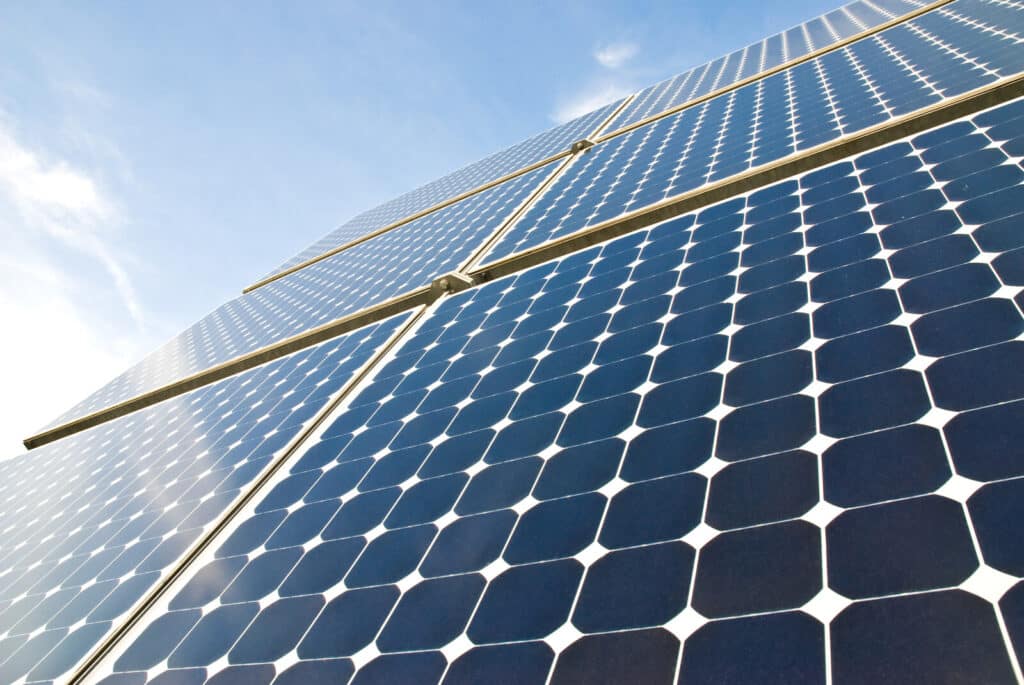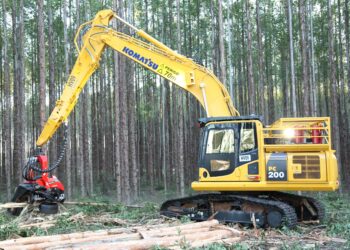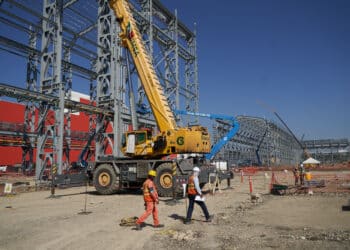$1.1T earmarked for climate financing
ELFA Credit and Collections Management Conference
SAN ANTONIO — Some equipment financiers are looking to climate financing as a lucrative market due to robust government spending and current market size as they seek the next industry frontier.
The United States government is significantly investing in decarbonization, with $1.1 trillion earmarked for climate spending, Mic Mount, senior vice president and credit executive at U.S. Bank Equipment Finance, said during a panel.
“The opportunity is certainly out there for all of us, and I think we all need to understand what’s happening here and how we can provide the necessary financing,” Mount said.
Climate financing provides leases and loans for equipment, products, services and projects that produce clean energy, Patricia Voorhees, director of strategic consulting, strategic alliances and merger and acquisition advisory, fintech practice at The Alta Group, said Wednesday .
“I am personally convinced that the biggest opportunity that this industry has seen — certainly in the time that I have been in it — is climate finance,” said Voorhees,. “There is so much capital that is looking to invest in climate [or] green types of solutions. … There’s no shortage of capital that’s out there and looking to help provide answers to the challenges that we face in climate.”

Despite the opportunity presented, many equipment financers are unaware of climate financing or only in the exploratory stage, according to the ELFA Credit Managers Survey, which was administered ahead of the conference. Results were shared with attendees Wednesday during the session.
In fact, in response to a survey question about their company’s involvement in climate financing, 41% of credit managers responded, “What is climate financing,” while 30% responded that their company was exploring climate financing, according to the survey. Of the remaining 29%, 11% said their company was involved but maintaining its current level,14% said their companies were involved and looking to grow, and 4% said their companies were heavily involved in climate financing.
Two friction points
Two issues impacting the ability of equipment financiers to get into climate financing are understanding government programs and policies and capital markets, Voorhees said.
“The first friction point is how do we utilize programs, policies and government support that are out there and come up with meaningful risk and structure solutions to get some of these things funded,” Voorhees said.
The second friction point is capital markets, she said, noting that investors want to deploy capital in climate financing, but lack the understanding of how the equipment and other products are underwritten and how the value they possess affects the securitization market.
The two main climate finance risks from a regulatory standpoint are physical risk and transition risk, Lou Maslowe, chief risk officer for the commercial domain at DLL, said during the conference.
“The climate finance risk impacts everybody in this room, whether or not you’re going to get into climate financing,” he said. “Those that are banks have regulators that are really asking a lot of questions about what are you doing to manage your climate-related risk, and they typically talk in terms of physical risks and transition risk.”
Of the $1.1 trillion, $200 billion is dedicated to energy efficiency and $174 billion is dedicated to electric vehicles, according to data from the American Jobs Act fact sheet. According to the non-profit Rocky Mountain Institute, states are likely to secure anywhere from $1,500 to $12,300 per resident from potential stimulus and private investment.









